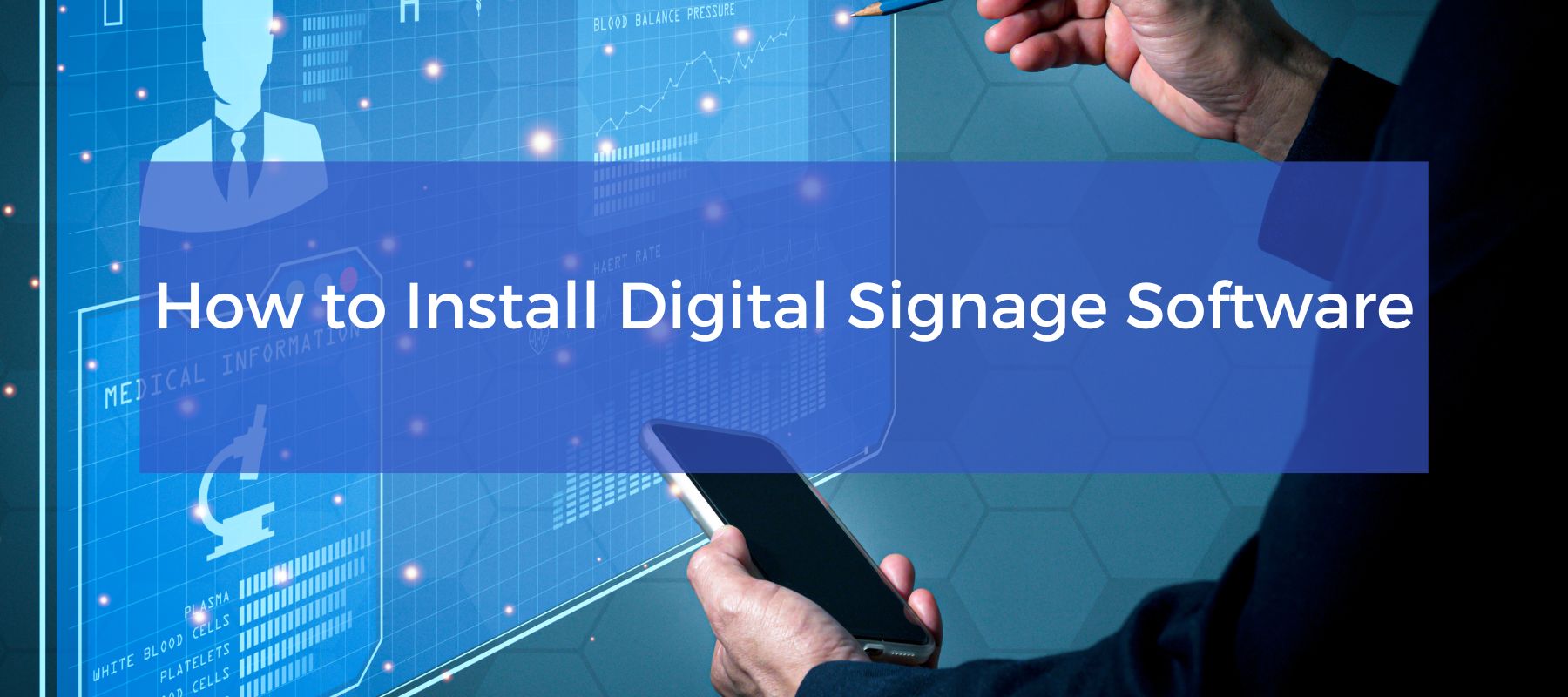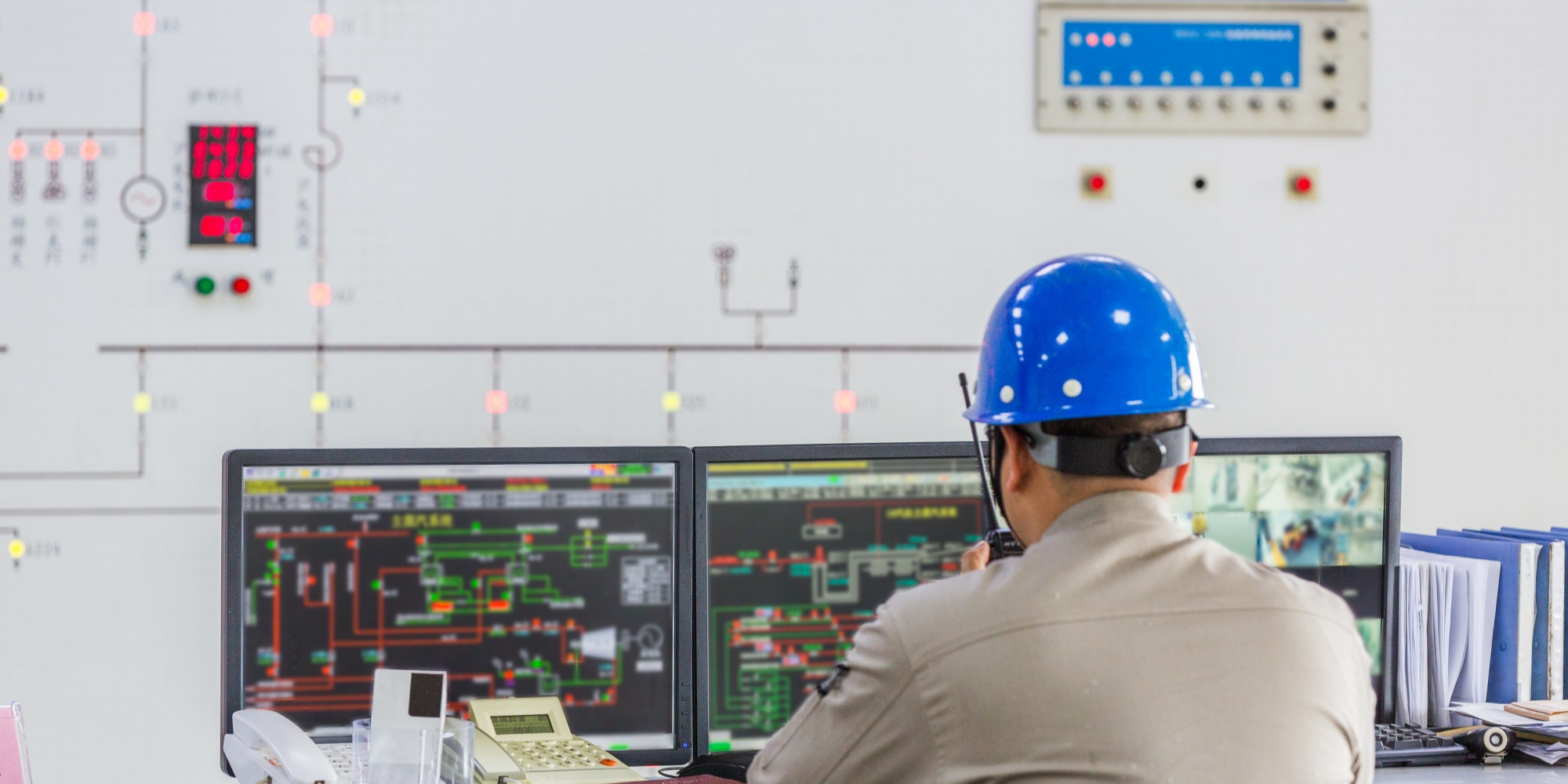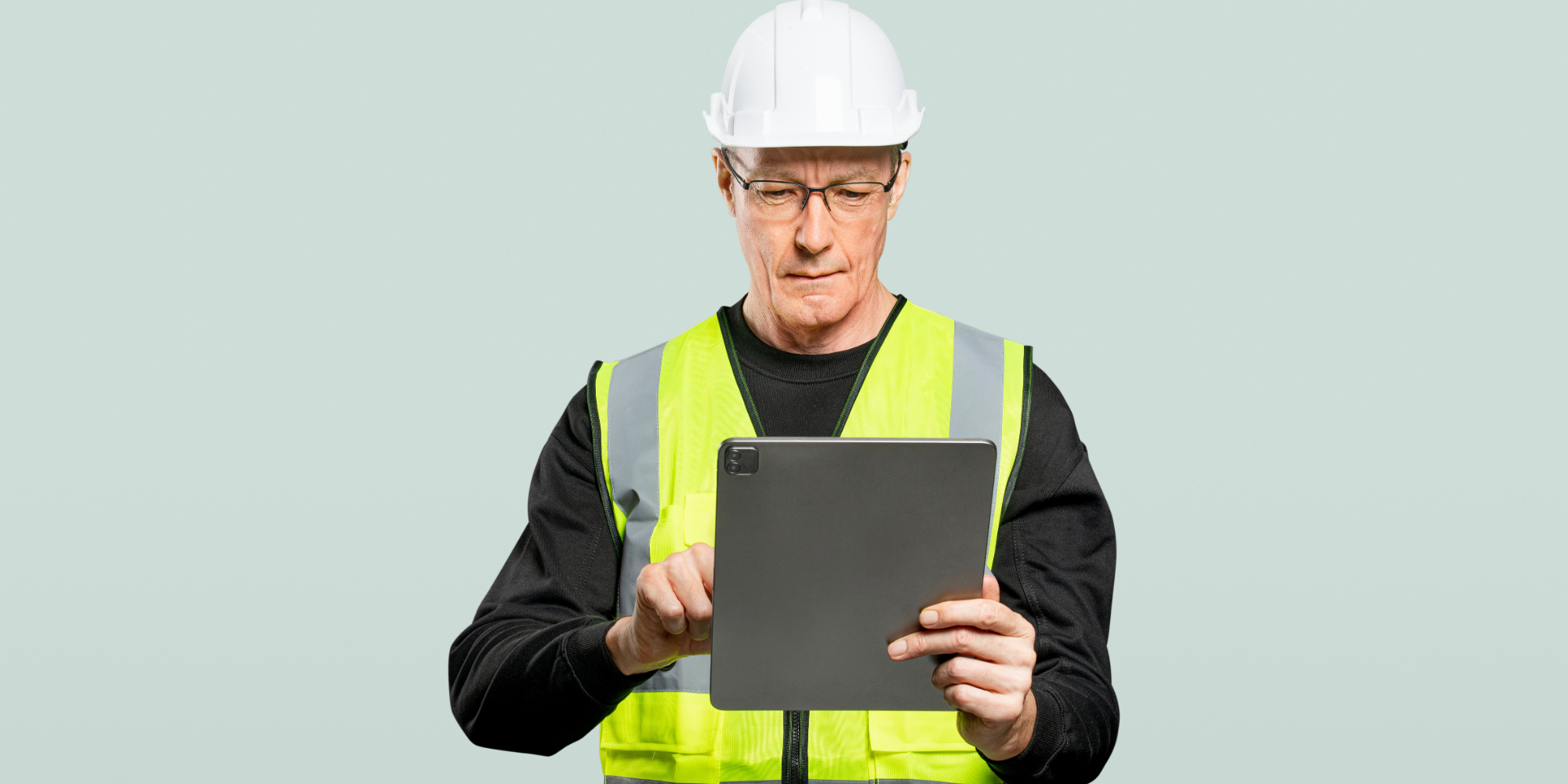
Digital signage software is becoming an essential tool for businesses, schools, and institutions to communicate messages dynamically and engagingly. It allows organizations to display real-time content, including text, images, videos, and interactive features. Digital signage can take your communication efforts to the next level, whether you’re deploying manufacturing dashboard to display production updates or using it in schools for announcements. In this guide, we’ll walk you through the process to help you get your business up and running with digital signage quickly and efficiently.
What Does Digital Signage Installation Involve?
Digital signage installation is a multi-step process that requires careful planning and execution. It involves connecting digital displays to a content management system (CMS), configuring software and hardware, designing content, and managing the system from one central location.
Choosing the Right Display
The first step in any digital signage installation is selecting the display type that fits your needs. Factors to consider include:
-
Display Size and Type: Choose a display that fits the space and communicates effectively with your target audience.
-
Installation Location: Determine your display's location to maximize visibility and impact. The area should have proper lighting and space for the screen.
Configuring the Hardware
Once you’ve chosen the correct display, it’s time to configure the hardware. This involves connecting the display to a remote control system, such as a computer or server. You’ll also need to ensure the hardware can support the digital signage software.
Installing and Configuring the Software
The next step is installing the digital signage software. The software is your system's backbone, allowing you to create, update, and manage content on the display. Content can include static text, images, videos, and even interactive elements like games. After installation, configure the software to manage your display content, create playlists, and schedule content updates.
Setting Up a Central Control Location
Once your hardware and software are installed, set up a central location for managing the system. This involves assigning admin access to a user who can manage the display, update content, and monitor the system's system's performance. This central control allows you to streamline the process and make adjustments remotely.
Where to Put Your Digital Signage
Choosing the right location for your digital signage is crucial. Here are some key factors to consider:
-
Target Audience: Understand your audience and choose where they’ll engage with the signage. For example, the signage in a mall or airport should be placed in high-traffic areas where it’s visible to most people.
-
Environmental Considerations: Make sure the location has adequate lighting, space for the display, and enough foot traffic to ensure your message is seen. The environment should also be conducive to digital signage, with enough wall space or ceiling height to accommodate your display.
-
Cost: Digital signage can be expensive, so consider the cost of installation, hardware, software, and maintenance. If you have a limited budget, opting for free signage software may help reduce costs.
Challenges to Consider in Digital Signage Installation
Digital signage installation can be complex, and there are several challenges you’ll need to address before proceeding. Here are the key obstacles to consider:
Media Players
The media player is a critical component in digital signage. It displays content on the screen and must be reliable and capable of handling various media formats. Choose a media player that offers hardware compatibility, scalability, and software support. Security is also essential, as the media player must be protected from viruses and malicious threats.
Connectivity Issues
A stable and reliable connection is essential for digital signage to function correctly. Here are some common connectivity challenges:
-
Interference: Wireless interference from other devices can weaken the connection and cause content to be displayed incorrectly.
-
Weak Connections: A poor or inconsistent connection between the media player and CMS can result in delays or failures to display content.
To ensure the system works as expected, consider using physical cabling like HDMI to connect your digital signage components, especially when dealing with large installations.
Electrical Considerations
Electrical issues are another common challenge. Proper electrical wiring is essential to powering all components safely and reliably. Ensure the electrical outlets and circuits support the system’s power requirements. If necessary, additional elements, such as signal converters or amplifiers, may need to be installed.
Important Notice: Recommended Media Players
Rise Vision recommends using the Amazon Signage Stick instead of Amazon Fire Sticks or Fire TVs for digital signage installations. The Amazon Signage Stick is affordable, reliable, and designed specifically for digital signage. It offers Mobile Device Management (MDM) capabilities, allowing users to remotely manage and control their displays. This device integrates directly with Rise Vision and is available in the United States.
For alternative media player options, please refer to our hardware list for more details.
Conclusion: Streamline Your Digital Signage Installation
Installing digital signage software doesn’t have to be complicated or expensive. You can set up an efficient and effective system with the proper planning, hardware, and software. By considering the correct display type, configuring your hardware and software, and addressing common challenges, you can create a seamless digital signage experience.
For an even easier setup, consider Rise Vision’s Hardware as a Service (HaaS) offering, which provides all the tools and support you need to streamline the process. This all-in-one solution includes digital signage software and hardware management, saving you time and effort on installation, configuration, and maintenance.
With these steps, you’re on your way to harnessing digital signage's full potential. Start your free digital signage journey today with Rise Vision and enhance communication within your business or institution.





